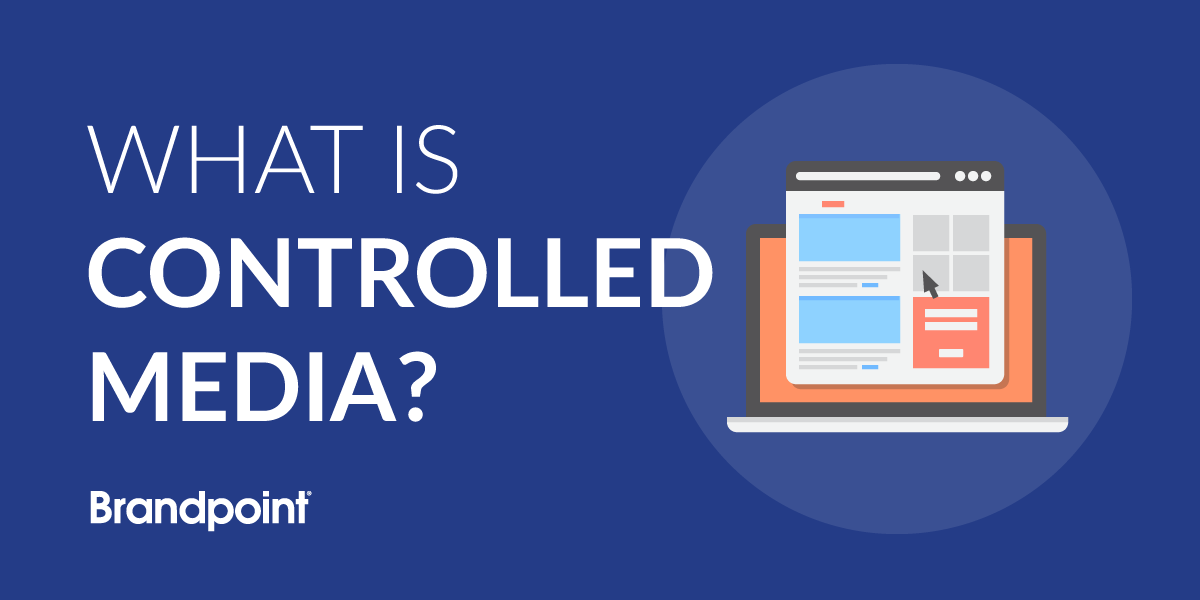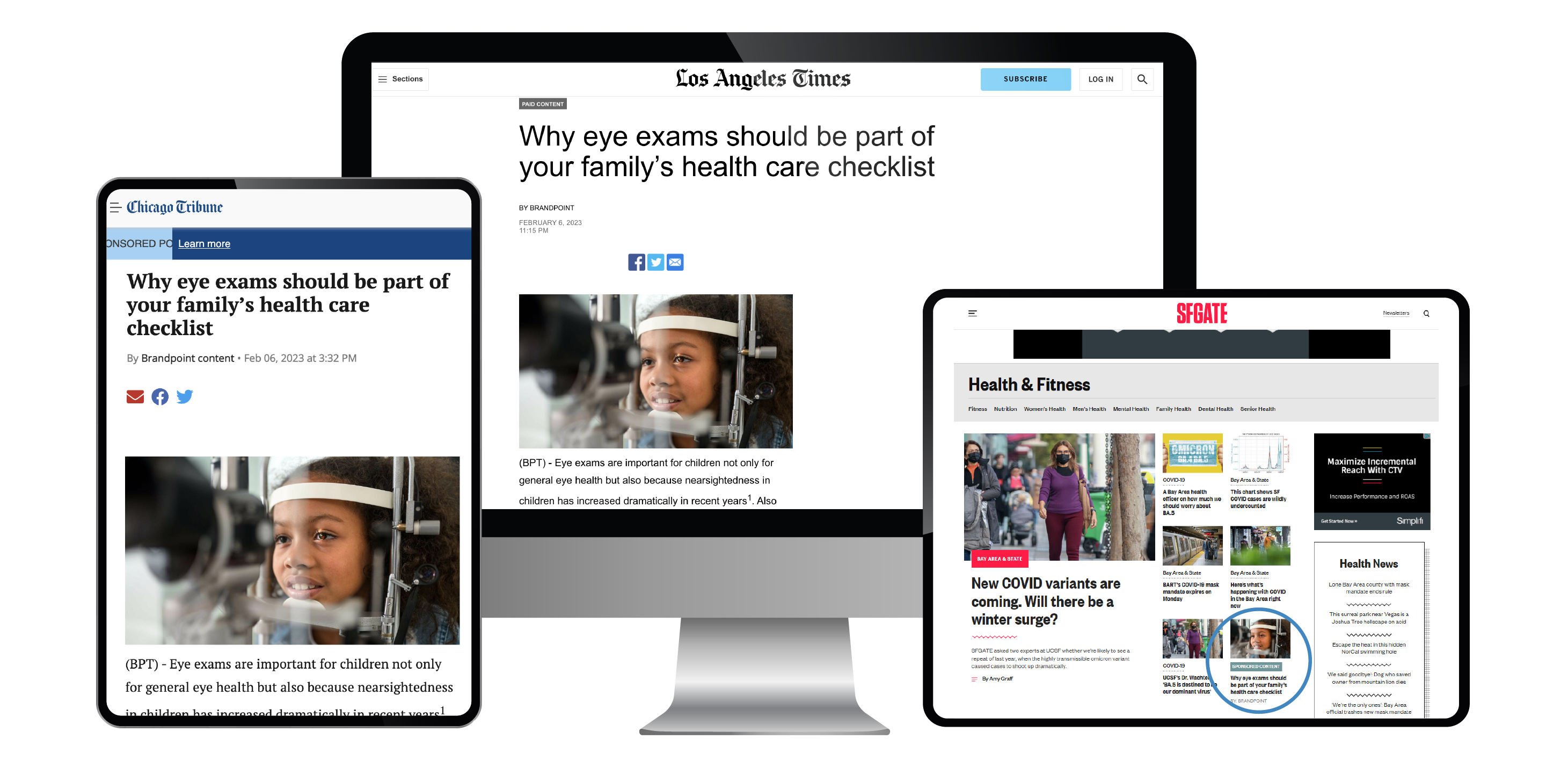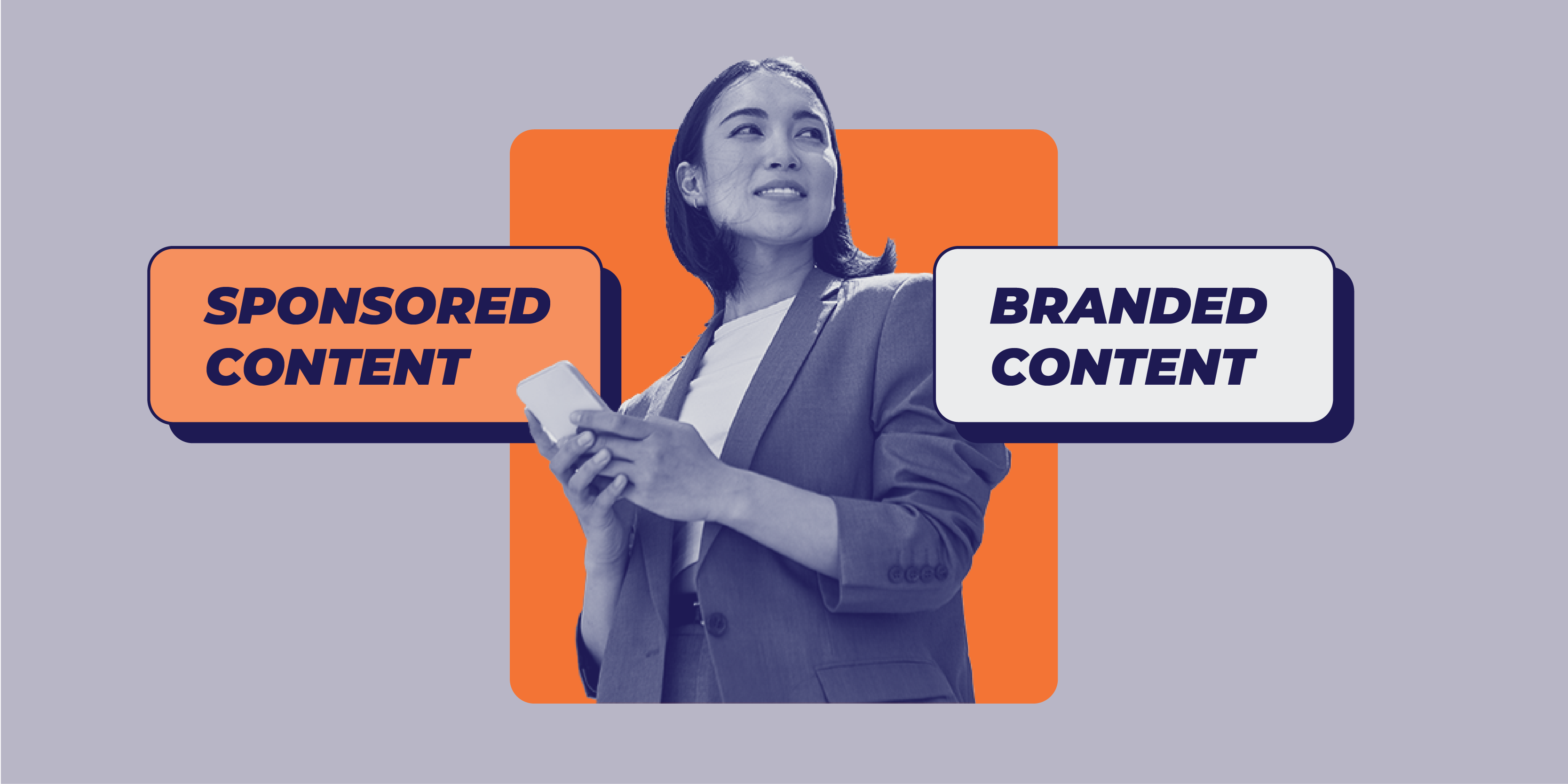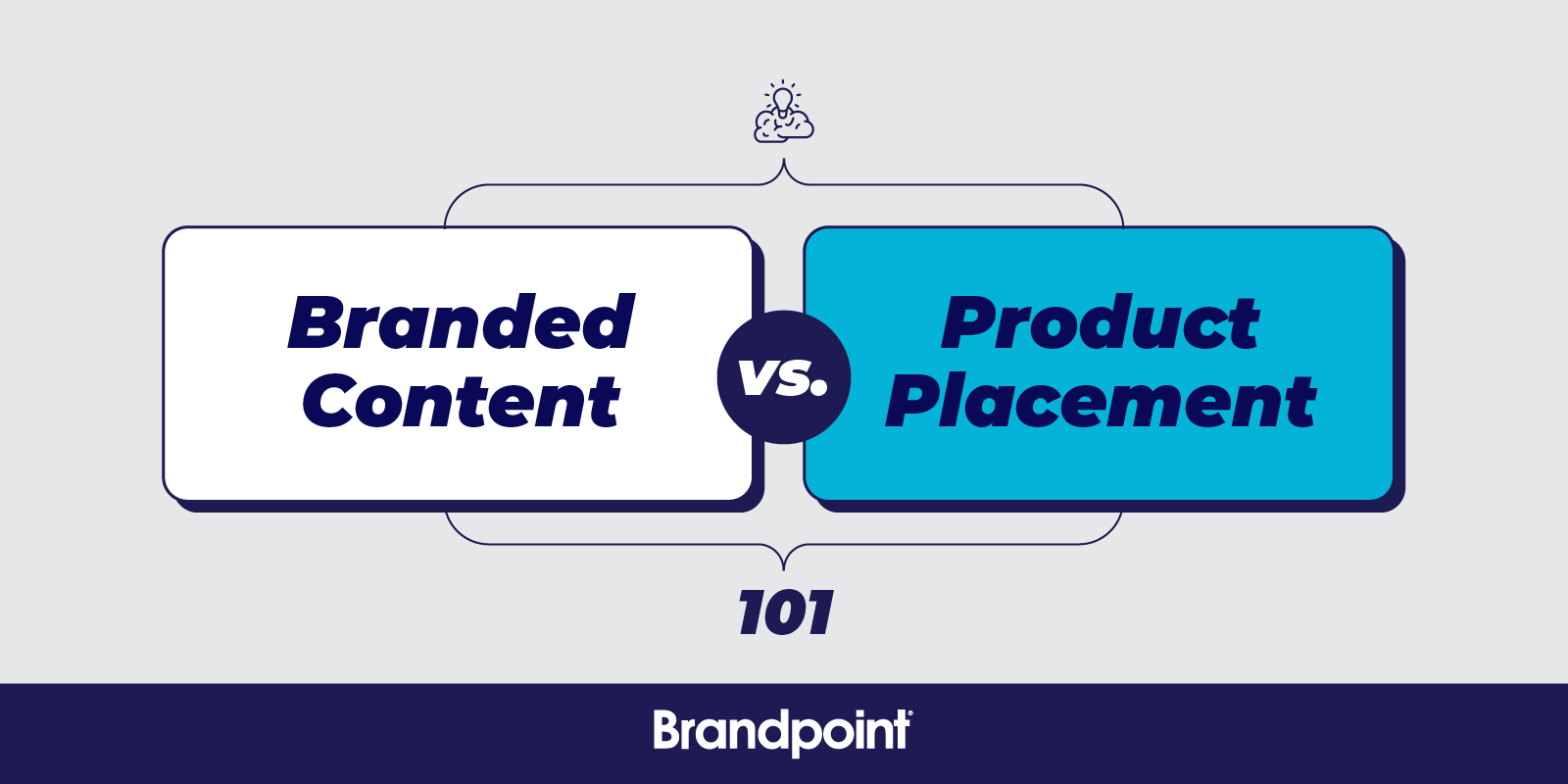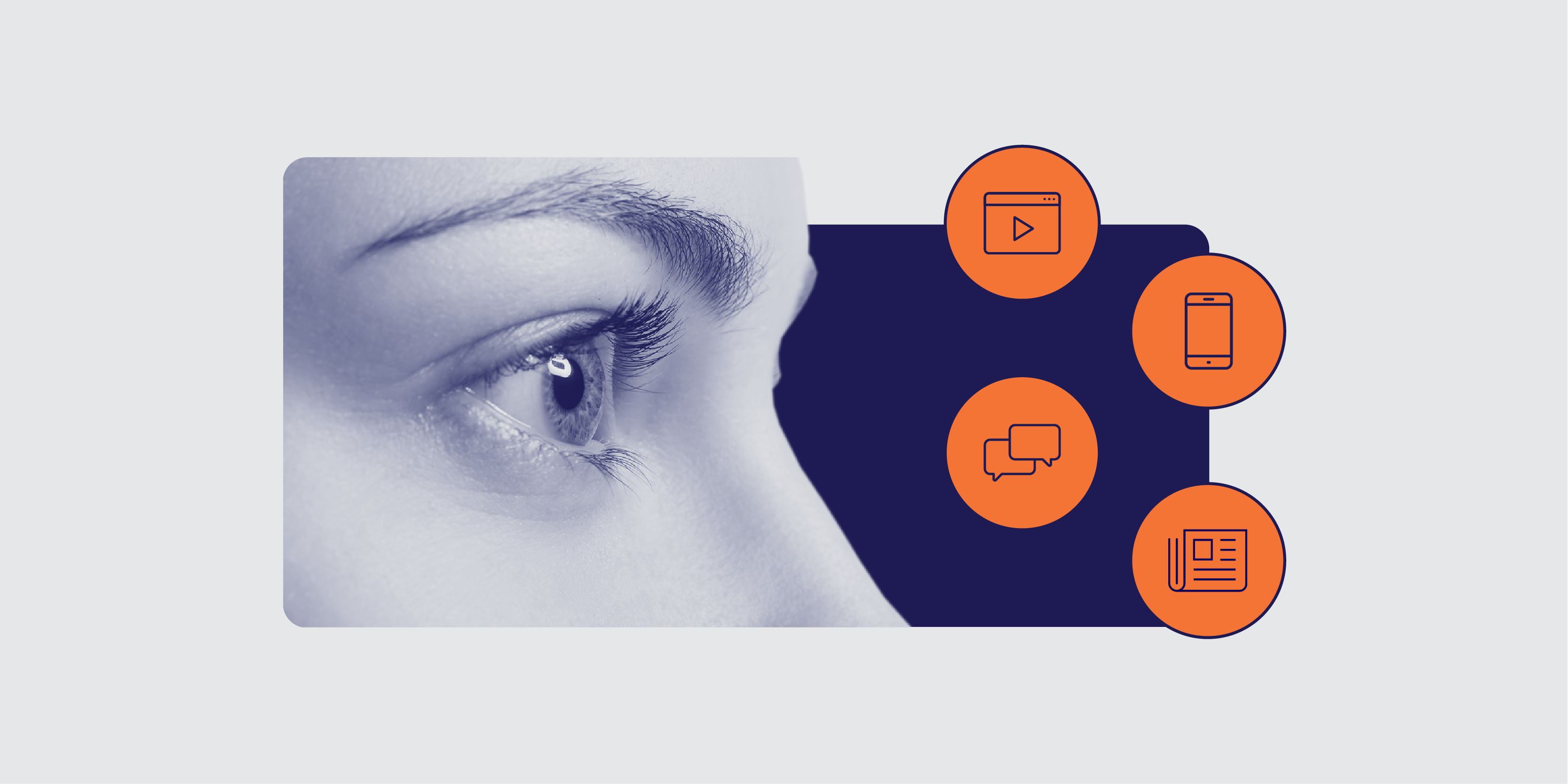This year has brought many unexpected changes: from the way we interact with the people in our lives, to how we do our daily tasks, and (quite possibly a marketer’s nightmare) how brands communicate with their audience. Breaking news is exploding nationwide and, for now, brand publicity is really the last thing on any journalist’s mind.
There’s always been a fine line between publicity and advertising, and now that line is shrinking even more. With such a saturated market of news and information, controlled media is not only a way to gain full control over the perception of your brand, but also guarantee that your content is seen.
Haven’t heard of controlled media? Don’t worry, this term is a relatively new concept. You’ll be surprised to learn you already know more than you think.
What is controlled media?
Simply put, controlled media is exactly what it sounds like: media controlled by you (the brand). This includes the messaging, placement, design of your media and much, much more.
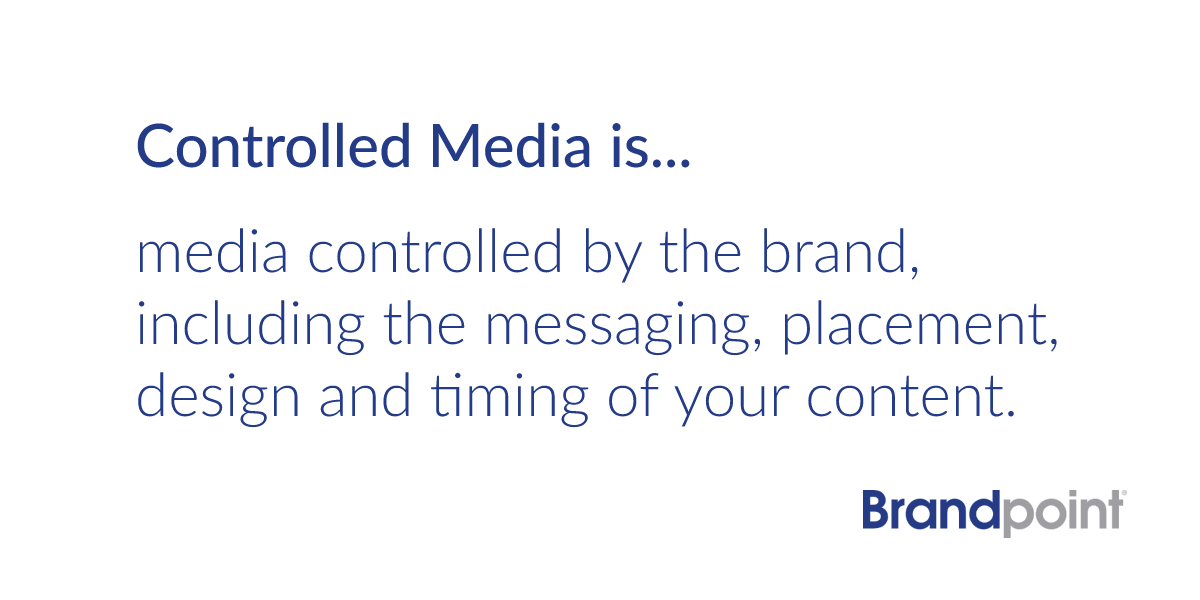
For example, the placement of your media incorporates the timing and frequency of distribution, the targeted audience and more along those lines. The messaging and design aspects include where to direct the audience from the content and any relevant collateral to covey your overall message and give a better feel for the brand.
[Read More: The Future of the PR Industry Research Report]
Hopefully this helps paint the picture of what controlled media is, but to really drive it home, let’s talk about what controlled media isn’t. When a news outlet covers a story on your brand, that’s not controlled media. Even though the content is about you, you don’t have control over the exact message or placement. Therefore, the overall message could be spun in many different directions — which is not always ideal.
Don’t get me wrong, media coverage is still a great thing, but to really drive brand awareness versus just awareness on the topic at hand, your brand needs to be front and center.
What are the different types of controlled media?
There are two main types of controlled media: paid and owned content. Owned content is what likely first comes to mind when you think of controlled media. This includes:
- Landing pages (and really any other assets) on your website
- Blog posts
- Videos and graphic assets
Whether these assets live on your website, social platforms or somewhere else entirely, they are produced and owned by you. Additionally, owned content will likely drive engagement directly to your website rather than bringing the audience to a third party’s site such as a publisher website.
Paid media, on the other hand, is all about getting your content out to a larger, more targeted audience than you could reach organically. This includes:
- MAT releases
- Guaranteed Traffic and Guaranteed Engagement services
- Social Promotion
- Guaranteed Section Front and Business Journals placements
- Social advertisement campaigns
- Cost per Lead campaigns
[Read More: What is a MAT Release?]
Even though you may not have control over the actual platform where the media is distributed, you are still in control of the content itself and can segment the audience to make sure you’re reaching the ideal customer.
Why is controlled media so important?
It’s no secret that getting earned coverage right now is nearly impossible. With elections becoming more and more contentious every cycle, and global events like COVID-19 and war in Ukraine shaking the news cycle, news publications and reporters are more than preoccupied. Paid media is crucial in times like these to boost your messaging and make sure eyes are on your brand.
The good news is that public relations professionals can work directly with brands to guarantee media placements and assist in creating controlled media that is both engaging and clearly tells the story of your brand.
It’s a win-win situation because you not only have the media coverage you want, but the media coverage is guaranteed to include the messaging and placement to maximize your gain.
“My partners appreciate the ability to obtain placements quickly and to control the message. They are usually looking for quality placements to supplement their own media pitching and owned media tactics.” – Annette Albrecht, Business Development Manager
[Read More: Working in Communications During a Global Crisis]
What does controlled media look like in practice?
Okay, enough talking — now let’s see some examples. With the different types of controlled media in mind, there are several directions to spin your overall content to attract the right audience while providing valuable information. A MAT release is the perfect example of this, and it can be taken even further to spotlight thought leaders. A MAT release with Guaranteed Section Front or Business Journals placement does exactly that by showcasing thought leadership content via sponsored content pieces that add value to the industry as a whole and the target customer.
[Learn more: Get started in paid media!]
An example of this is CooperVision’s campaign featuring their educational content about nearsightedness in children. As you can see, CooperVision was able to earn section-front promotion of their branded content through our Guaranteed Section Front service.
Native advertising is another great example of getting content on credible news outlets while maintaining control of the messaging. The content can be formatted and placed to appear as a news article, but the brand is still in charge of curating the message to drive home its campaign goals and increase general awareness.
[Read More: Native Advertising]
Controlled Media in 2023 (and beyond)
The relationship between earned and paid media has converged in the increased prevalence of thought leadership. Audiences want the brands they know and love to make definitive statements about social issues or about the work they’re doing for their industry and community.
By creating and distributing thought leadership, PR and comms workers can control a brand’s reputation, boost awareness and connect directly with their consumers, deepening the bond between brand and buyer.
Now that you’re a controlled media expert, we know there are still some gray areas. Learn more about Brandpoint’s Guaranteed Media Placements, Guaranteed Traffic, Engagement and Section Front services and speak to one of our experts to explore the world of controlled media and how it can fit into your content strategy.
[Read more: The Ultimate Guide to Editorial & Holiday Calendar Planning for PR]
Note: This post was originally published in October 2020 and has been updated for relevancy

